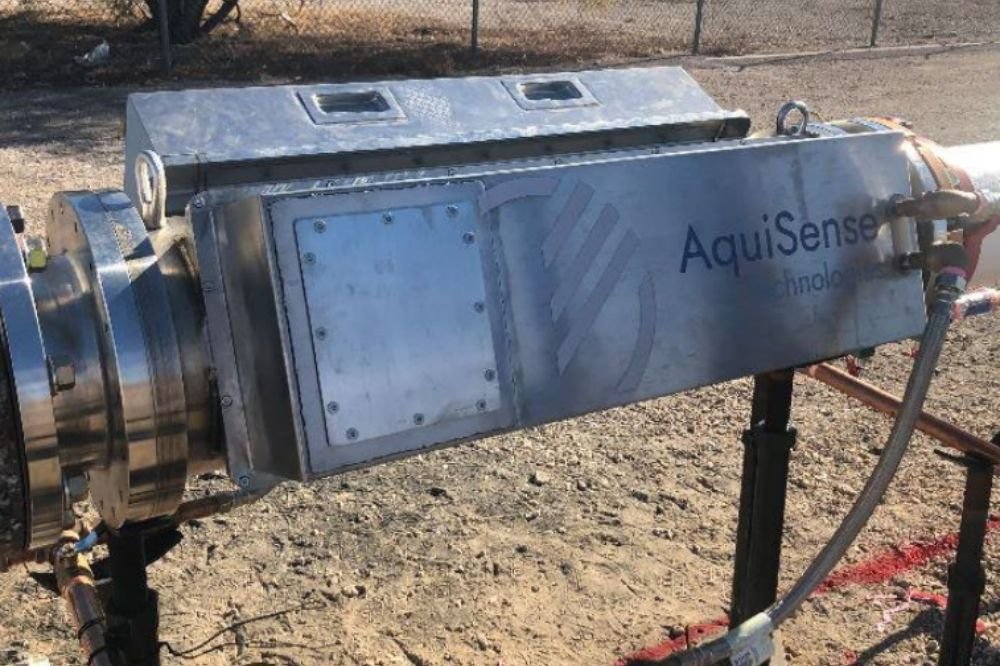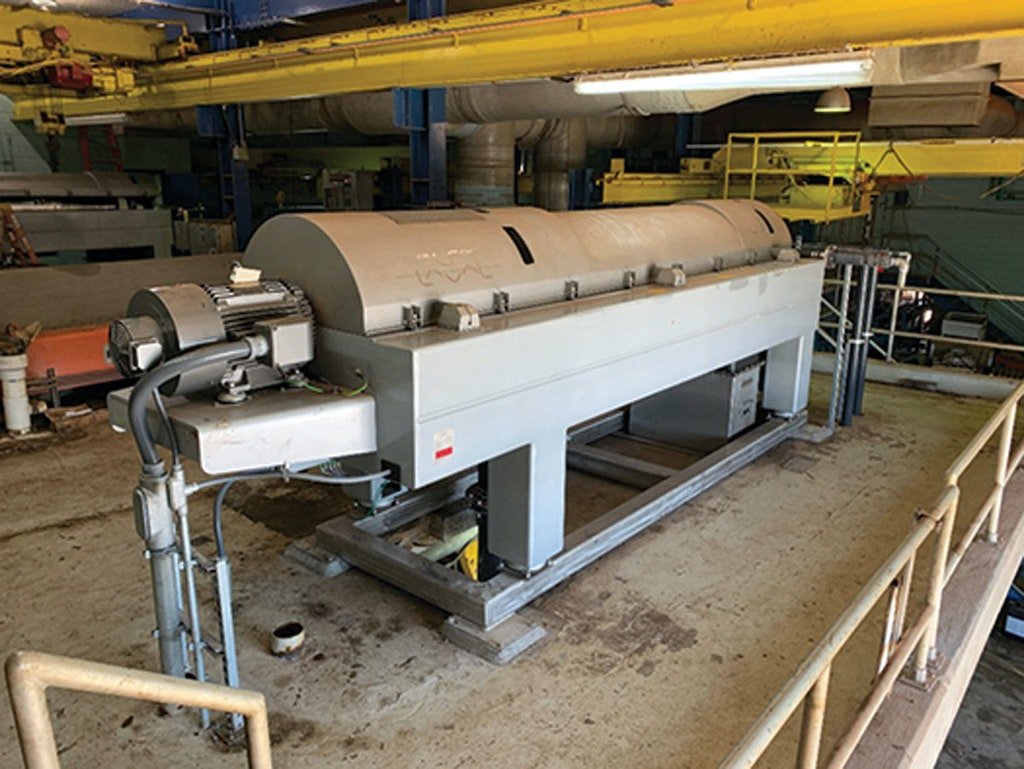
Milwaukee Metropolitan Sewerage District Combined Sewer Overflow Treatment Facility
Introduction
The Milwaukee Metropolitan Sewerage District (MMSD) serves as a pivotal entity in southeastern Wisconsin, with its operations extending far beyond traditional wastewater management. As one of the foremost public utilities in the region, MMSD’s responsibilities encompass the treatment of combined sewer overflows (CSOs), which are crucial for maintaining both public health and environmental integrity. This article delves into the complexities of MMSD’s Combined Sewer Overflow Treatment Facility, exploring its service population, wastewater volume, treatment capacity, recent developments, key projects, and community engagement strategies.
Population Served
MMSD serves a large and diverse population, covering 411 square miles that include not only Milwaukee but also 28 surrounding communities. The district’s service area is home to approximately 1.1 million people—accounting for nearly 18% of Wisconsin’s population. The diversity of the service area, which spans urban, suburban, and some rural regions, presents unique challenges and opportunities in terms of wastewater treatment and stormwater management.
Wastewater Volume and Treatment Capacity
The Milwaukee Metropolitan Sewerage District operates two primary treatment facilities: the Jones Island Water Reclamation Facility and the South Shore Water Reclamation Facility. Together, these plants have an impressive treatment capacity of treating up to 630 million gallons per day (MGD) under peak flow conditions.
Volume Management
Managing the volume of wastewater that flows through the system on a daily basis is a monumental task. In 2022 alone, the MMSD dealt with approximately 73 billion gallons of wastewater and stormwater runoff. One of the most challenging aspects is managing CSOs, which occur when the system’s capacity is exceeded, typically during heavy rainfall or snowmelt events. With a system designed decades ago, MMSD has had to continually innovate and adapt to modern challenges.
Treatment Capacity
The CSO Treatment Facility significantly contributes to MMSD’s overall capacity. The state-of-the-art facility is designed to capture and treat overflow, reducing the risk of untreated sewage entering waterways—a critical function, especially in light of increasing awareness about water quality and public health. This facility adds an additional 300 MGD capacity to the system, ensuring that the MMSD can keep pace with the demands of both everyday use and extraordinary weather conditions.
Recent Local News
In recent years, MMSD has been at the forefront of regional news due to several high-profile projects and incidents.
Greener Milwaukee Initiative
In late 2022, MMSD announced the "Greener Milwaukee" initiative aimed at reducing greenhouse gas emissions across all facilities by 10% over the next five years. This ambitious plan includes transitioning to renewable energy sources, upgrading equipment, and incorporating green infrastructure to manage stormwater.
Record Rainfall Events
In the summer of 2023, southeastern Wisconsin experienced unprecedented rainfall, resulting in both the activation of the CSO Treatment Facility and a slew of public concern. Despite the challenges, MMSD successfully managed to prevent significant untreated overflow from reaching Lake Michigan, underscoring the facility’s critical role in regional water quality management.
Antibiotic Resistance Monitoring Project
Also making headlines in 2023, MMSD initiated a pioneering partnership with local universities to monitor antibiotic-resistant bacteria in wastewater. This research project aims to provide valuable insights into public health threats and wastewater treatment efficacy.
Key Projects
MMSD has been involved in several major projects aimed at improving wastewater management, stormwater control, and environmental protection.
The Deep Tunnel System
One of the most significant undertakings by MMSD is the Deep Tunnel System, a network of deep, underground storage tunnels designed to capture and retain stormwater and sewage during heavy rainfalls. With a storage capacity of approximately 521 million gallons, the Deep Tunnel significantly reduces the frequency and volume of CSOs, helping to protect local waterways from contamination.
Green Infrastructure Initiatives
MMSD has been a leader in promoting green infrastructure as a sustainable way of managing stormwater. Programs like the Fresh Coast 740 aim to provide 740 million gallons of stormwater capture capacity using green infrastructure solutions such as rain gardens, green roofs, and permeable pavements by 2035.
Water Reclamation and Reuse
The Jones Island Water Reclamation Facility is also notable for its Milorganite® production—an organic nitrogen fertilizer. Through this and other initiatives, MMSD continues to emphasize the importance of resource recovery and water reuse, setting an example for other municipalities.
Community Engagement
Community engagement constitutes a vital part of MMSD’s operational ethos. Recognizing that public understanding and support are crucial, MMSD has rolled out several initiatives aimed at fostering a deeper connection between the community and its operations.
Public Tours and Open Houses
MMSD regularly hosts public tours and open houses, offering citizens an inside look at the workings of its facilities. These events are not only educational but also provide a platform for residents to voice their concerns and suggestions.
Educational Programs
The district partners with local schools and universities to offer educational programs that cover a range of topics from water conservation to career opportunities in wastewater management. These programs aim to cultivate a new generation of environmentally conscious citizens and professionals.
Social Media and Public Announcements
MMSD leverages social media platforms for timely public announcements, including alerts about potential CSO events and ongoing projects. This transparency helps to build trust and keep the community informed.
Community Advisory Committees
MMSD has established several community advisory committees that involve local stakeholders in decision-making processes. These committees provide valuable community input on upcoming projects and policies, ensuring that MMSD’s operations align with public interests.
Challenges and Opportunities
Infrastructure Upgrades
One of the persistent challenges facing MMSD is aging infrastructure. Many of the pipelines and facilities in the system were built several decades ago and require continuous maintenance and upgrades. However, with these challenges come opportunities for modernization, especially with emerging technologies in wastewater treatment and green infrastructure.
Climate Change Adaptation
As climate change brings about more frequent and severe weather events, MMSD must continuously adapt its strategies. This includes enhancing the capacity of the CSO Treatment Facility and implementing innovative stormwater management systems.
Funding and Public Support
Securing funding for large-scale infrastructure projects is always a challenge. MMSD relies on a combination of public funds, grants, and state or federal assistance. Public support, bolstered by effective community engagement, remains crucial for ensuring that necessary investments are made.
Conclusion
The Milwaukee Metropolitan Sewerage District’s Combined Sewer Overflow Treatment Facility is an essential component in safeguarding public health and the environment. Serving over a million people, managing vast volumes of wastewater, and continuously upgrading treatment capacities are no small feats. Recent local news highlights MMSD’s proactive initiatives and rapid response to unexpected challenges, reinforcing its role as a regional and national leader in wastewater management. Key projects such as the Deep Tunnel System and green infrastructure initiatives exemplify MMSD’s dedication to innovation and sustainability. Coupled with robust community engagement efforts, MMSD positions itself as not just a service provider but a vital community partner in protecting the waterways and fostering a greener future for Milwaukee and beyond.


